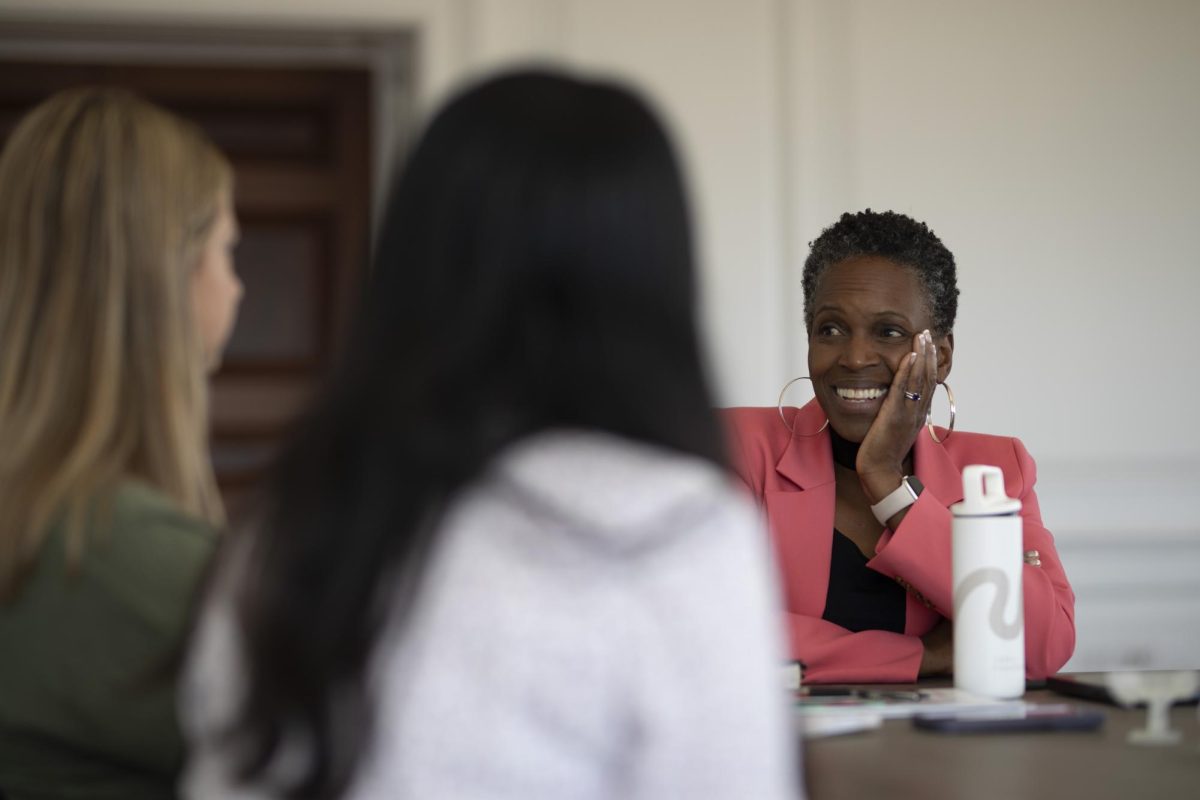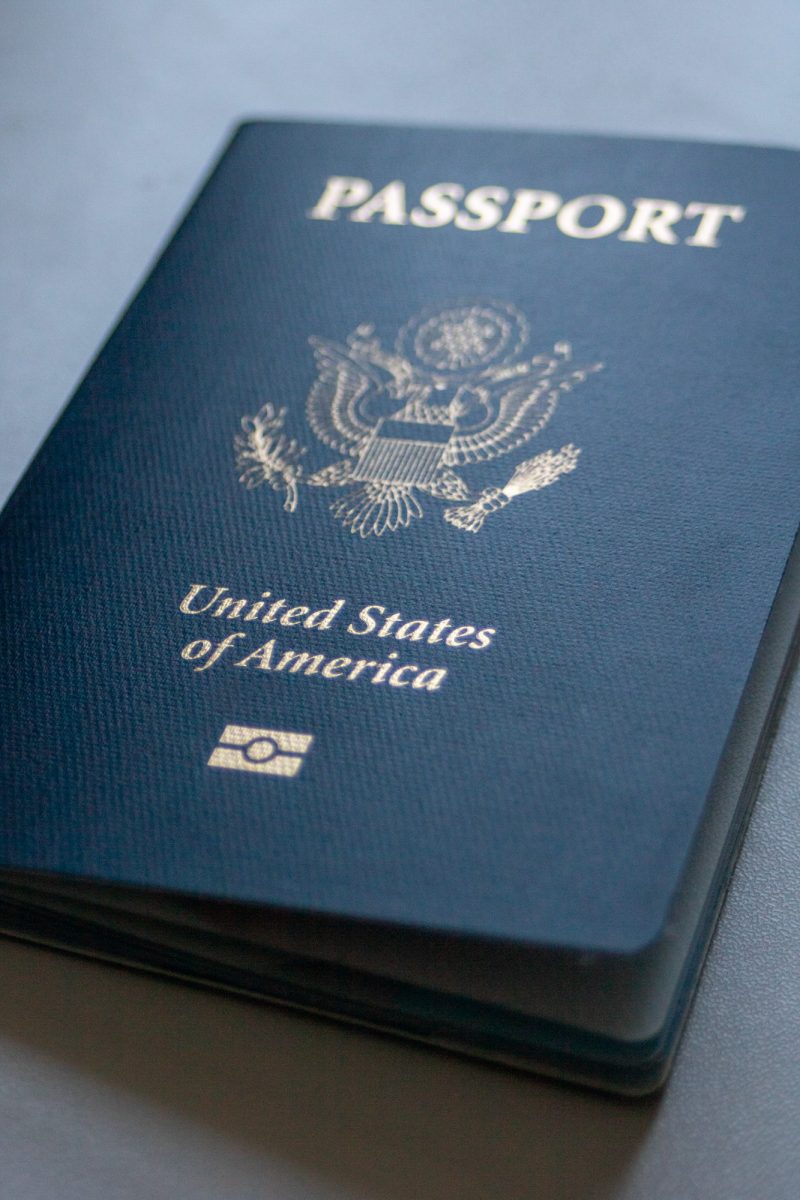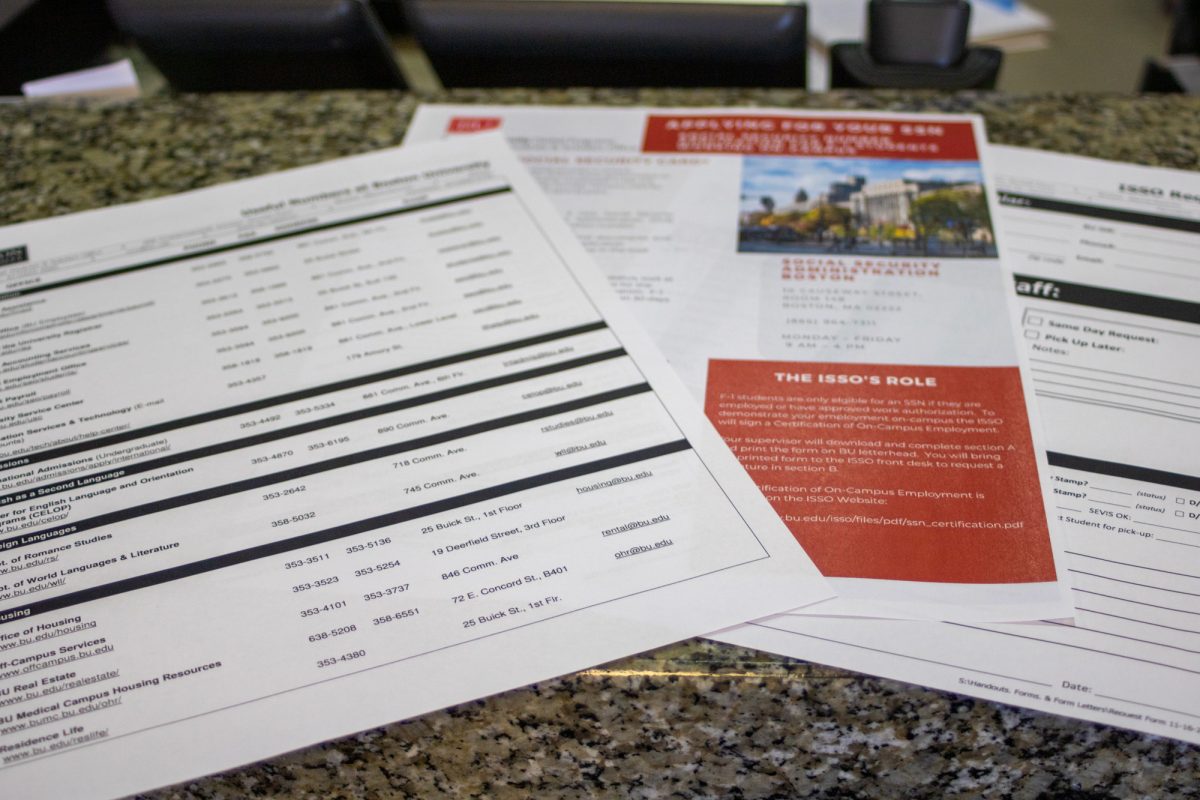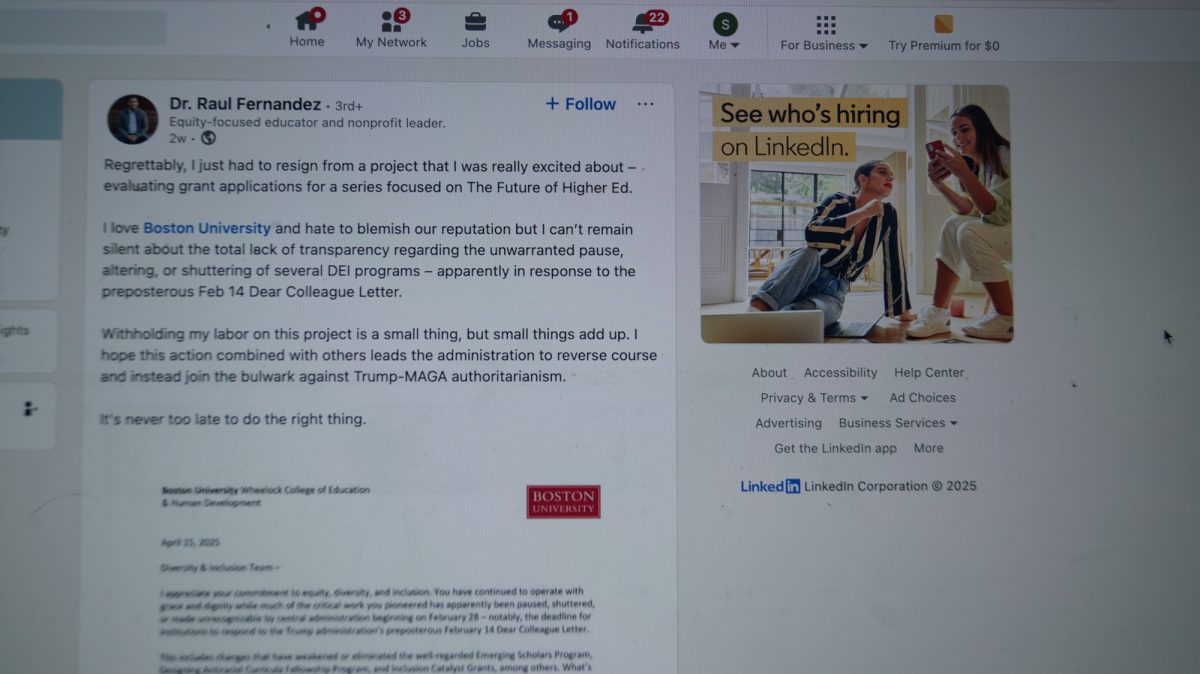Watching skinny actresses on television and in movies can cause eating disorders in girls, but according to a recent study, turning off the TV is not always enough.
In early January, a research group from Harvard Medical School conducted a study on the social influences that can cause eating disorders using as their test subjects a group of schoolgirls from Fiji.
The research group, led by Anne Becker, a professor of global health and social medicine at the Harvard University Medical School, showed girls who had been exposed to TV were 60 percent more likely to develop an eating disorder than those girls who were not exposed to TV, according to the researchers.
However, the study showed that the girls in Fiji with direct access to a TV set were not the only ones affected. Through the use of social networking sites, TV images could be spread and exposed to girls without TV access.
Evidence has been given to support that there is a connection between media exposure and eating disorders, but there have only been studies on direct media exposure, Becker said.
Becker said she is also interested in indirect and collateral exposures.
“We know that peer groups influence eating pathology and, intuitively, it makes sense that peer group exposure to media would have an independent effect on eating pathology,” Becker said.
Fiji was an ideal place for the study to take place due to the wide variety in television ownership and cultural homogeneity, Becker said.
“These unique features make it possible to examine the impact of high verses low peer network exposure on eating pathology, while controlling for other cultural exposures,” she said.
Although the studies on the girls in Fiji may not translate to girls in other parts of the world, Becker said, it is still valuable data.
“These study findings support the possibility that secondhand media exposure can have an impact on eating pathology in youth,” she said.
Many students at Boston University said they agreed the media affects female body image.
“I can see how media spreads eating disorders,” said Kara Siebein, a junior in the College of Communication. “It’s sad though when girls take it too far and develop disorders because of it. All they show are gorgeous, airbrushed models who are super skinny and make it seem like that’s how we all should look.”
The results of the research project do not come as a shock to Morgan Corner, a freshman in the College of Arts and Sciences, either.
“In my psych class we looked at websites that promote anorexia,” Corner said. “Even though it doesn’t surprise me, it’s still upsetting.”
Lindsay Meyer said that Facebook has caused her to have low self-esteem after logging on for too long.
“It’s bad during the summer when people are in their bikinis,” Meyer, a freshman in COM, said. “There definitely is a pressure to be thin. Even the word voluptuous today is like a nice way of saying someone is fat.”
In order to curb self-esteem issues in girls, Becker said, health officials need to educate people on the dangerous affects TV can have.
“Youth can and should be empowered to become critical and thoughtful consumers of media,” Becker said.
Education is one possible route, but changing the way the media delivers the message could help as well, she said.
“As consumers we should advocate for safe products, including media products,” Becker said. “Consumer behavior and social policy should direct media producers toward content that is safe, even pro-social, for youth.”
One way to promote acceptance of different body types is to conduct more advertisement campaigns such as the Dove Campaign for Real Beauty, which shows real women of all sizes, Meyer said.
“I like the Dove advertisements,” Meyer said. “They always make me feel good and they help people feel comfortable with themselves.”
The media should change how they convey certain messages, agreed Ariel Utin-Lalkin, a sophomore in COM.
“If the media did not focus only on appearance, but on other qualities that people can appreciate, then people would not see things in the same way and give so much importance to how they look,” Utin-Lalkin said.




























































































































